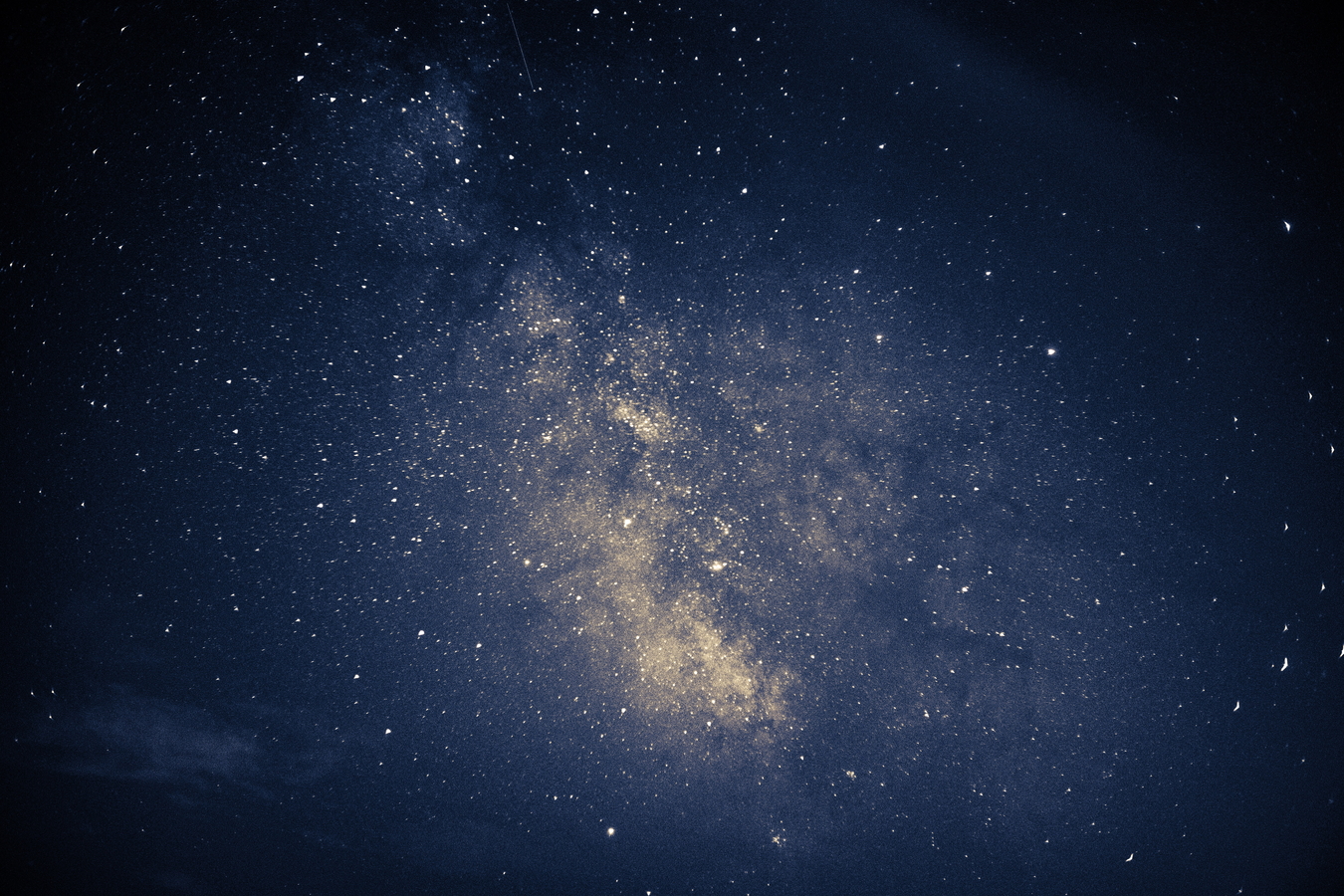Overview
Planet formation is typically studied by linking planet properties to individual stellar parameters; yet these are inherently shaped by the Milky Way’s history. Ignoring this connection risks overlooking broader environmental influences. Using stellar kinematics and chemistries from large datasets, I will discuss how disentangling planetary and Galactic processes improves interpretations of I) the Sun’s seemingly unique chemistry and II) exoplanet occurrence across different Galactic environments. I) The Sun shows a depletion in refractories compared to ~80% of Sun-like stars. Using Gaia RVS spectra, we use data-driven learning to infer 13 elemental abundances for >17,000 Sun-like stars and 50 planet hosts. The Sun remains refractory depleted regardless of planet host status, challenging planet-driven scenarios. We then assess the nucleosynthetic signatures of the Sun and its analogs and find the Sun is chemically ordinary after all. II) We show how the planet-metallicity correlation manifests in hot Jupiter occurrence as a function of Galactic birth radius and phase-space densities using survey and simulation data. Differences across datasets stem from varying thin- and thick-disk fractions. We also replicate the observed clustering of hot Jupiters in apparent phase-space “overdensities” but find this is ultimately driven by thin and thick disk population differences rather than intrinsic "clustered environment" effects.
